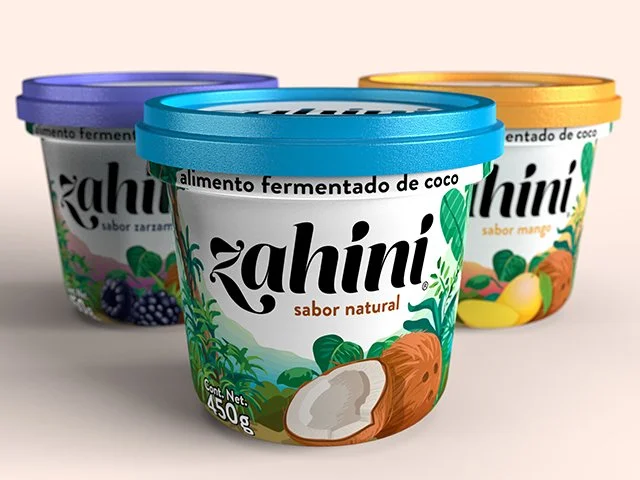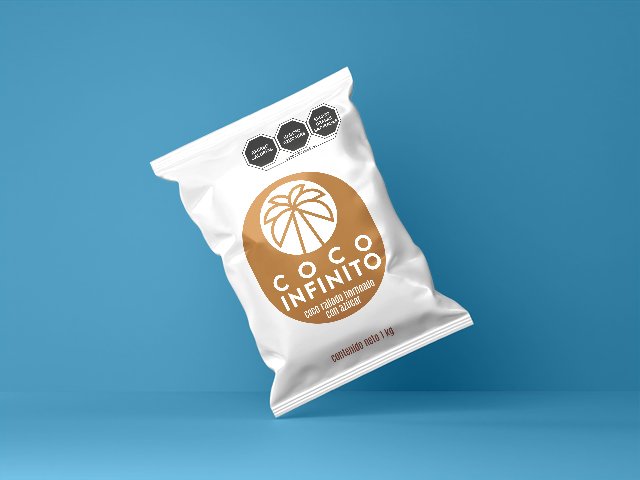
How to design a packaging for a product?
Packaging design is the primary interface and point of contact between the brand and the consumer; conditions, gathers, protects, seduces, adds value, informs and advises the consumer from the shelf to the cash register, and finally during the consumption of the product. Of all the advertising media in which a brand invests, packaging design is one of the most present in the consumer's life, from its ability to establish a relationship with one of the most underused senses in advertising, touch, accompanying the user in their daily activities, from the most intimate to the most mundane.
The commercial relevance of the creation of creative packaging for consumer brands is high and strategic, since it is estimated that a consumer takes less than a second to visually scan the shelf of a supermarket or store, and approximately 7 seconds to make a decision. shopping.
Of course, brands want to make sure that their products are the chosen ones, and that they stimulate positive behaviors in their customers, as in the cases in which a package fulfills its attraction function until the product is taken into the hands of the consumer who tries to know more of its features through the packaging.
One of the characteristics of packaging design is its three-dimensional nature, which distinguishes it from other creative disciplines. In addition to the visuals, there are other considerations such as packaging materials or the manufacturing capabilities of packaging printers.
Not all packaging has the same relationship with the user. Some packages have a purely functional role in the protection of the product to assist the process of delivery and transportation of the product. We call this type of secondary packaging, since the boxes and plastic structures responsible for protecting the product during its transportation do not have the same impact on sales as primary packaging, which does interact directly with consumers on the shelf. Sometimes there are other structures and boxes designed to contain the primary packaging, which exhibits the branding, these boxes also have a strategic role in the seduction of the consumer due to their ability to attract, capture the attention and convince the user in the very short gap of thousandths of a second that can define a purchase. Finally there is a last type of packaging that is an intrinsic part of the product, and helps the consumer in the process of consumption, application or use, such as the case of toothpaste packaging, beverages such as soft drinks in can packaging or plastic, or cereal boxes, as they are the means through which brands deliver their product and make their brand promise clear.
Due to the close and sometimes intimate position in the lives of consumers, packaging has become a reflection of our lifestyle and values, speaking to us not only as consumers, but also connecting with our emotions, our desires and everything. that understands our humanity. A good packaging design tells the story of a product in a special way so that it plays a preponderant and decisive role at the time of purchase.
The packaging design must balance two contradictory principles, it must be able to distinguish itself but at the same time belong to a class of recognizable products. If the packaging is too distinctive, it could be overlooked because you are not able to understand what it means, but if it is too ordinary it could also go unnoticed. The art of seduction in packaging lies between these two poles. The rules that define seduction between people: beauty, elegance, distinction, humor, fun, intelligence, altruism and envy, are also effective concepts to attract the consumer. The packaging must have its own personality and tell a natural story that is able to hold the attention of users and immerse them in the narrative, without always repeating the same story.
This effect is very easy to observe by going to any supermarket and choosing a consumer category, perhaps we can go to a Soriana and choose the category of carton milk. If you pay attention you will notice that almost the entire category tells more or less the same story, the visual codes they use are the same, with the same illustrations: cows, glasses of milk and happy families. If a leading packaging competitor makes radical changes, some secondary brands will follow as well. Unfortunately, in contexts like these the only distinction between products is often price.
Designing packaging is a problem-solving process. It is in situations involving multiple constraints that the impact of creativity and how it can be put to use can best be appreciated. Innovating always requires questioning current practices. Sometimes you need to question everything in order to get out of your comfort zone and explore new creative avenues.
Today the design of innovative packaging is on the rise and is a celebrated topic. He is severely criticized by some and revered by others. It represents the best and worst of modern commerce. We live in times where the world produces the most packaging ever, but the pressure to reduce that impact has never been greater. In globalized markets, brands are continually seeking to revive tribal and historical sub-cultures. Influences come from all directions and the visual and graphic codes seem limitless. Although globalization is a matter of concern for many, it allows a remarkable exchange of ideas, technologies and technical knowledge through the internet, social networks and blogs.
Good packaging is not simply a label or box with branding. It is the result of the collaboration between form, function and message. Packaging design is a discipline in which its process involves a series of decisions that arise one after the other. This inter-connectivity requires that everyone involved in the success of a packaging design do so from its early stage to multiply the chances of success.
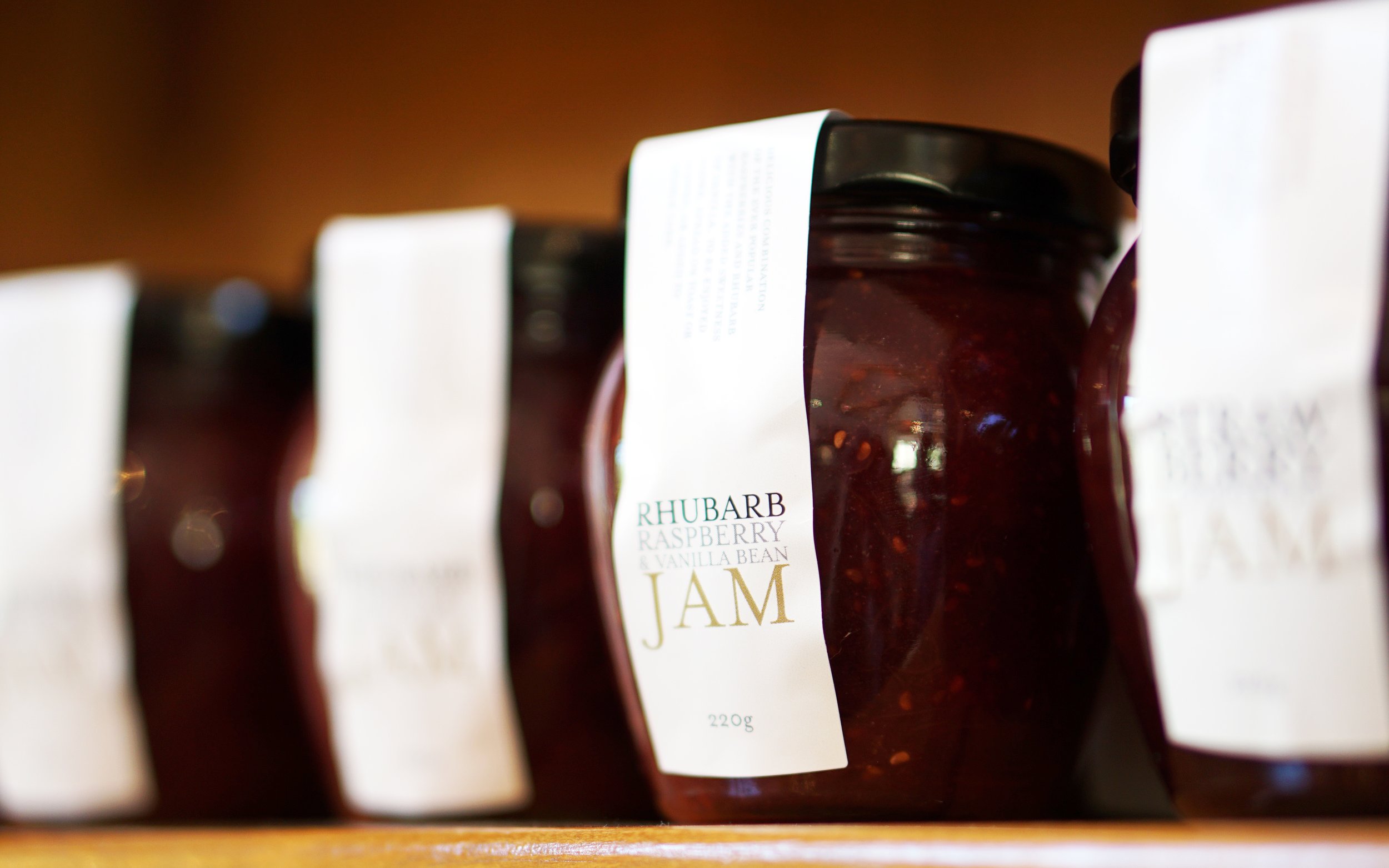
Why hire a product packaging design company?
Specialization in packaging design.
We are a company focused on the packaging design niche in Mexico; All our projects start from the qualitative investigation of the commercial space where the product and the consumer concur, with the aim of understanding and converting consumer buying behaviors and competitor strategies into actionable insights, together with the visual codes of the category. that we are designing, whether in retail, e-commerce or traditional channels.
We differentiate ourselves from a traditional advertising and design agency by specializing in packaging applications. In this way, the packaging design is always focused on having satisfactory results when printed by a printer or packaging converter, and thus avoid having substantial differences between the design intent and the printed result.
MARKETING STRATEGIES FOR PACKAGING
Packaging design is the most intimate point of contact between a brand or product and the consumer, accompanying them many times in their daily activities and functioning as a tool not only to attract and seduce, but also to add value, inform and advise. Also the packaging reflects a lifestyle, creating an emotional connection and portraying the aspirations and human characteristics of consumers.
It is necessary to create a marketing strategy that meets expectations taking into account the restrictions of packaging and its converters, but that is capable of communicating in a simple and instantaneous way to the consumer the functional and emotional attributes of a consumer product at the time of shop on the shelf.
professionals in the creation of packaging
All projects are handled by a team of professionals committed to achieving our clients' goals. It is important to note that particular expertise in packaging design, packaging printing, and vector graphics creation is critical to achieving a balanced and technically feasible design. A team that has worked with multiple projects and can emulate more than one style of work will always be the best option to create a unique aesthetic for a brand.
We are experts in packaging design and label design for Retail, E-Commerce and Traditional Channels.
We KNOW how to make a packaging for an export product
If your product is about to internationalize, we have the correct links to insert it into the United States market, under a collaboration model with associates in the USA, we can do low-cost market studies to synthesize the insights of the target market niche, and so on. adapt the message and legal information of the packaging design to successfully impact foreign markets, being aware of the cultural and linguistic sensitivities of the market.

How to design a packaging for a product?
A successful packaging design is the result of a balance between aesthetic form, strategic functionality, and a clear message.
A great brand is built on a deep understanding of the market and its consumers, as well as taking advantage of the opportunities to differentiate itself from its competitors. By synthesizing these insights through our experience, we are able to create innovative and original solutions for our clients.
Clarity and Simplicity: Consumers must be able to understand the label of your product instantly. A purchase decision takes less than 7 seconds.
Personality: All packages simultaneously struggle to attract attention, creating an enormous amount of stimulus and noise directed at the consumer. A product with the right balance of personality and appeal will be able to be noticed without much effort.
Color: The correct selection of the colors to use is a critical element of the design. The colors as a whole and combination, as well as their balance between the different shades can evoke very different emotions in the consumer, which must be evaluated for their psychological effects on the purchase decision.
Typography: The choice of the correct typeface, as well as its color and size, can be an equalizing element of a packaging design, communicating verbal messages such as the name, emotional or functional benefits, without breaking with the visual strategy of the brand.
Brand consistency: Consistency in tone, values and personality in each marketing contact with the consumer is essential to build brand credibility. A brand identity must be represented on packaging and begins by consistently using color palettes, the most recognizable design elements such as logos or typography, across all marketing materials. For many consumers, packaging will be the only branding element with which they will come into direct contact.
Other factors that also affect are:
Congruence with existing brand identity (verbal and visual)
Honesty and Authenticity
Communication strategy of functional and emotional attributes
Value proposal
Visual hierarchies
Visual codes: Colors, shapes, figures, typography, photography and illustration
Impact on Shelf
Line extensibility
Readability
Printing risks

What is our packaging creation process?
market study
Our mission is simple: we deliver research results with usable insights in an agile way. Using validated methodologies, adapting robust research systems to help our clients make smart and informed decisions.
We investigate the market and the competition at the consumer meeting point: the shelf. Here we de-encode the signs and manifestations of visual language, which are instinctively and culturally accepted by the consumer.
Our research process broadly includes:
We turn marketing problems into research questions
We choose the correct qualitative research method
We build research schemes
We analyze the information and present reports
The aspects that are normally subject to analysis are:
The age and history of the brand
The current position in the market
The target market, audience, consumer.
The current peculiarities of the brand.
In general terms, the purposes of each project, development times, time limits and budget.
Analysis and re-coding
The research information goes through a process of analysis, where we identify the visual codes of communication of each category, and re-encode the signs that can be used together with others to create meanings of universal understanding, and thus evoke the desired emotional reactions. of consumers.
Finally, our goal is to enter the mind of the target consumer, to understand and anticipate how they will react to a product when they see it for the first time. The analysis will enable brands to overcome the irresolution and natural objections to a change, and to understand the benefits that consumers care the most and to discover and uncover the hidden motivations behind each purchase decision. This information empowers brands to play with consumer perceptions of their competitors and win on the shelf.
packaging strategy
Packaging design is one of the most powerful marketing vehicles a brand has, with an unparalleled ability to make contact with consumers at the time of purchase. Supermarkets are full of packaging that doesn't work, sometimes in subtle ways and other times in obvious ways.
We use everything we have learned to help emerging brands or start-ups break down barriers, as well as instilling in the work we do for global and national clients, the entrepreneurial spirit that characterizes us. Everything we do is treated with the same passion, creativity and attention to detail as if it were our own brand.
That is why our process includes a rigorous analysis of the visual opportunities of the brand, and in-depth reviews of visual influences, elements and objects of inspiration, composition, typography and morphology, with the aim of having unique and disruptive results in the market, creating a milestone in the category, and earn the highest purchase intention both online and on the shelf.
PACKAGING DESIGN PROCESS
Stage 1 Initial analysis
Stage 2 Internal discussions
Stage 3 Design platform development
Stage 4 Creation of brief for designers
Stage 5 Brainstorming
Stage 6 Complementary investigation
Stage 7 Concept Development
Stage 8 Analysis of design concepts
Stage 9 Refinement of final concepts
Stage 10 Presentation to the client
Stage 11 Final Refinements
Stage 12 Consumer testing to assess reactions or conduct market research on form.
Stage 13 Final work delivery

Structural packaging design
Structural design is the collaboration between human desire, and the use of focused technology that is capable of offering economic viability. The combination of innovation, functional minimalism, and industrial design to elevate the user experience and transform your product to be the physical representation of your brand promise.
Major structural innovations can be achieved through the simple improvement of a surface, a change in the shape or mechanical plane, improvement of manufacturing efficiency, or an innovation driven by the discovery of consumer insights.
Some of the activities of the process include usability analysis, analysis of use scenarios, technical audits, concept generation, parametric modeling and adaptation of parts to the manufacturing model, all with the aim of understanding the usability of the packaging to be designed, its relationship with the product and the technical limitations to take into account to create the final concept.
The innovative design of structures challenges generic and conventional packaging that tend to be identical due to the economic efficiencies of being mass produced, however the saturation of structurally similar packaging on the shelves decreases the value and the brand experience that the consumer has. . For this reason, it is common to see consumer centers and supermarkets full of essentially similar structures, where the most common form of differentiation and communication strategy is focused on packaging design, which is the most agile and affordable way to transform a package.
Despite the benefits of structural innovation due to the great differentiation that it can generate around competitors, this design route is appropriate for projects with very specific characteristics, due to the economic and production restrictions to which these projects are subject.
Contact us to evaluate the possibilities of carrying out a structural packaging design project.
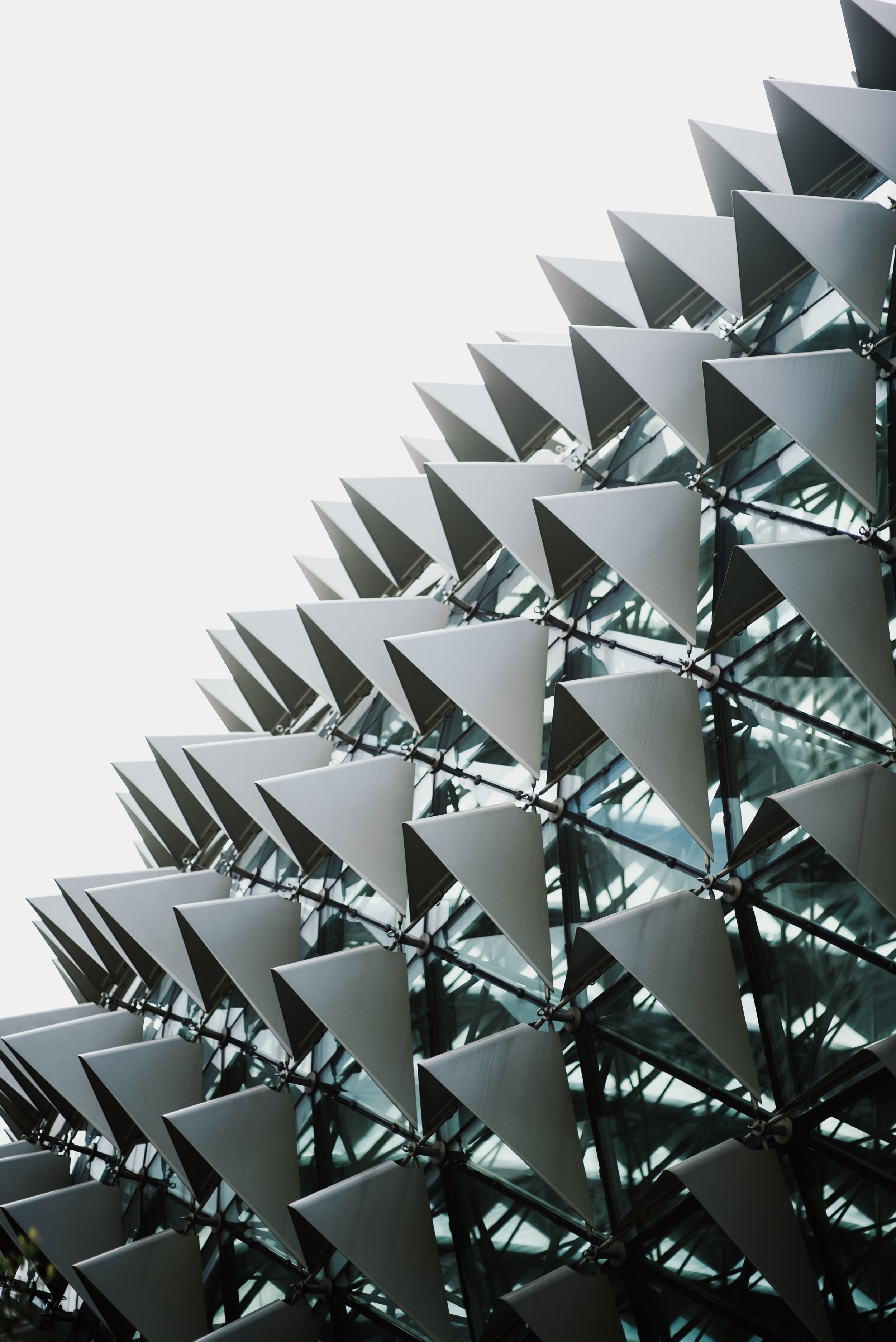
Illustration for Product Packaging
Within the packaging development process, after defining the technical and structural parameters, it must be decided what the visual channel will be. When defining creative channels, it is important to identify the most appropriate visual style to propagate the central message, effectively communicate brand branding and attract the attention of the consumer.
The term illustration generally refers to an original drawing created by an illustrator with the aim of conveying a specific message. Illustration is one of the most expressive forms of modern design. A large number of packages use illustration or even paintings in their collateral image, revealing how diverse and expressive a packaging design can be to create a thematic experience through packaging branding.
An illustration can become a deeply emotional brand asset and a central component because representative technique if used properly can generate very powerful results in visual and communication terms. The illustration allows to symbolize any type of thought or visual concept in a flexible and effective way. It is a communication tool with excellent narrative and evocative skills that is capable of immediately impressing and stimulating the emotions of the observer. These powerful feelings will stick in your memory better than 1,000 words.
This type of assets must be designed according to objectives aligned with the marketing and communication strategy of the product, trying to provide a strong personality and at the same time strengthening the corporate identity. For this reason it is an excellent technique to position a product, distinguishing it from the competition and increasing its attractiveness.
Illustrations are also very helpful in the branding process. By creating a cohesive illustrative style and using it through commercial and promotional channels, a company can easily be recognized by its target audience, who will quickly associate the images with the brand.
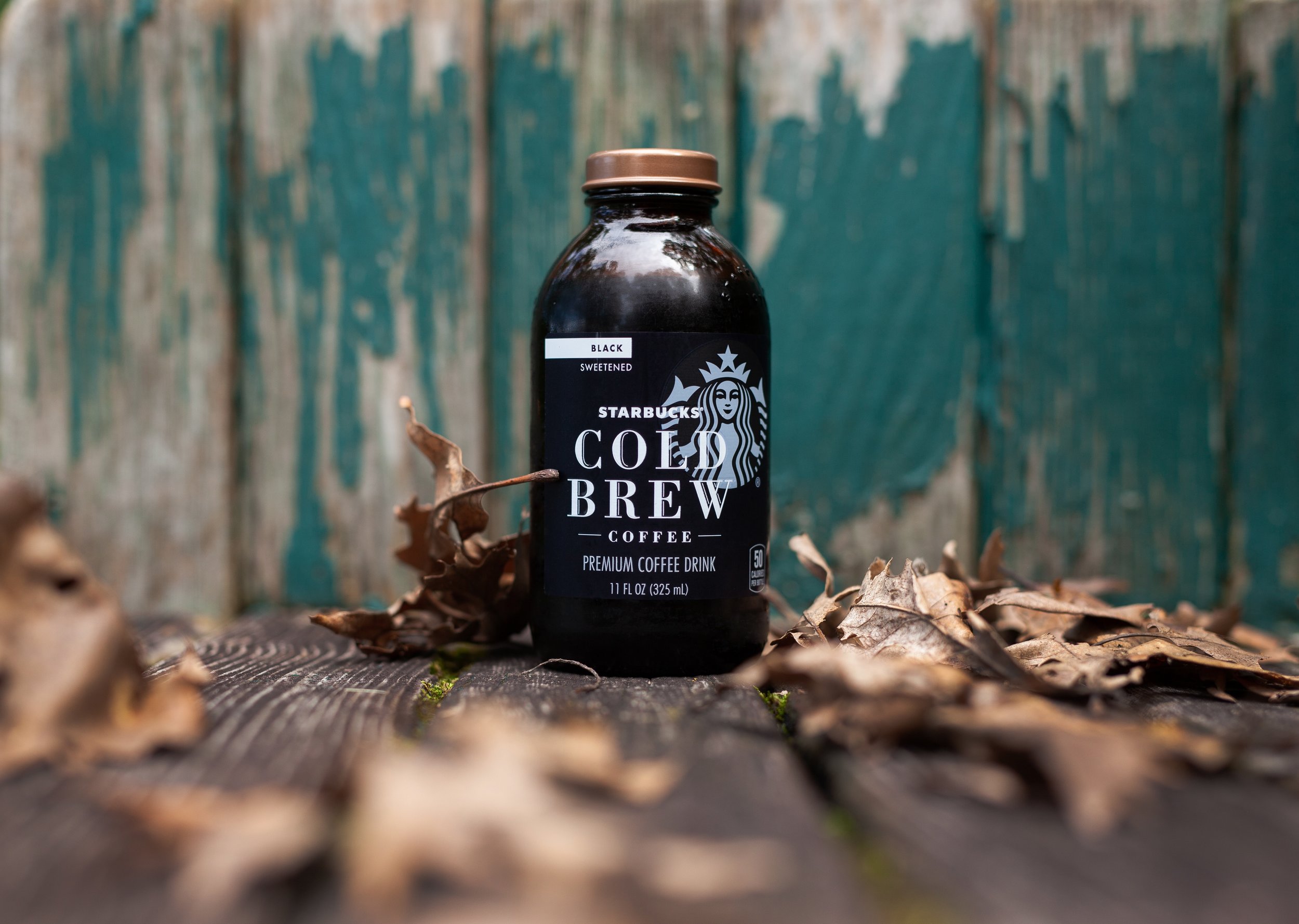
renders 3D
It has always been a challenge to create realistic images of new products and packaging for the marketing and promotion and advertising campaigns of the Brands, and currently the growing needs of social networks and online presence make the creation of realistic 3D files essential and consistent with the image that the actual packaging will eventually have.
Today, all the products we consume and the services we purchase are expected to provide a better, faster and smarter experience. When brand owners or self-service chains launch a new rebranding product or project, reduced deadlines and efficiencies are a common demand.
If they followed the traditional model of advertising campaigns, e-commerce and social media teams would have to wait until the product packaging, be it a corrugated cardboard box or a self-stick label, was printed and the product was packaged before a physical sample was available to take a picture of the package. The other option available but more expensive is the mock-up, high-end physical models, practically of the real packaging produced in short runs in materials very similar to the final ones.
While the packaging engineering and marketing departments have worked hard to get the package design and label content approved and the file sent to print, other teams are developing promotions and illustrations to use online, including graphics that represent the product, to prepare the electronic presence of the Brand at the same time that the real product is packaged and distributed to the shelves.
On many occasions the projects of packaging development of new products, adaptation of design and the production of final art ready for printing could have been scheduled too aggressively, underestimating the technical requirements, the difficulties in the approval of a color test, or the possible setbacks already during the print run. And that assuming that all or some part of the regulatory information does not require additional adjustments and its corresponding legal re-authorization.
The point is that the final labeling file ends up being different from the one at the beginning of the process, containing adjustments, improvements and necessary concessions. This final version is the one to be used in the graphics to be used in promotions for electronic media, and not the one that came out of the design agency during branding.
Therefore, the ideal solution to increase capacity in the most efficient and profitable way that complies with the program and the general vision of the launch, is that the same file is used for the creation of the 3D models, photorealistic renderings of the container that show to the product in hero shots, your best possible visualization.
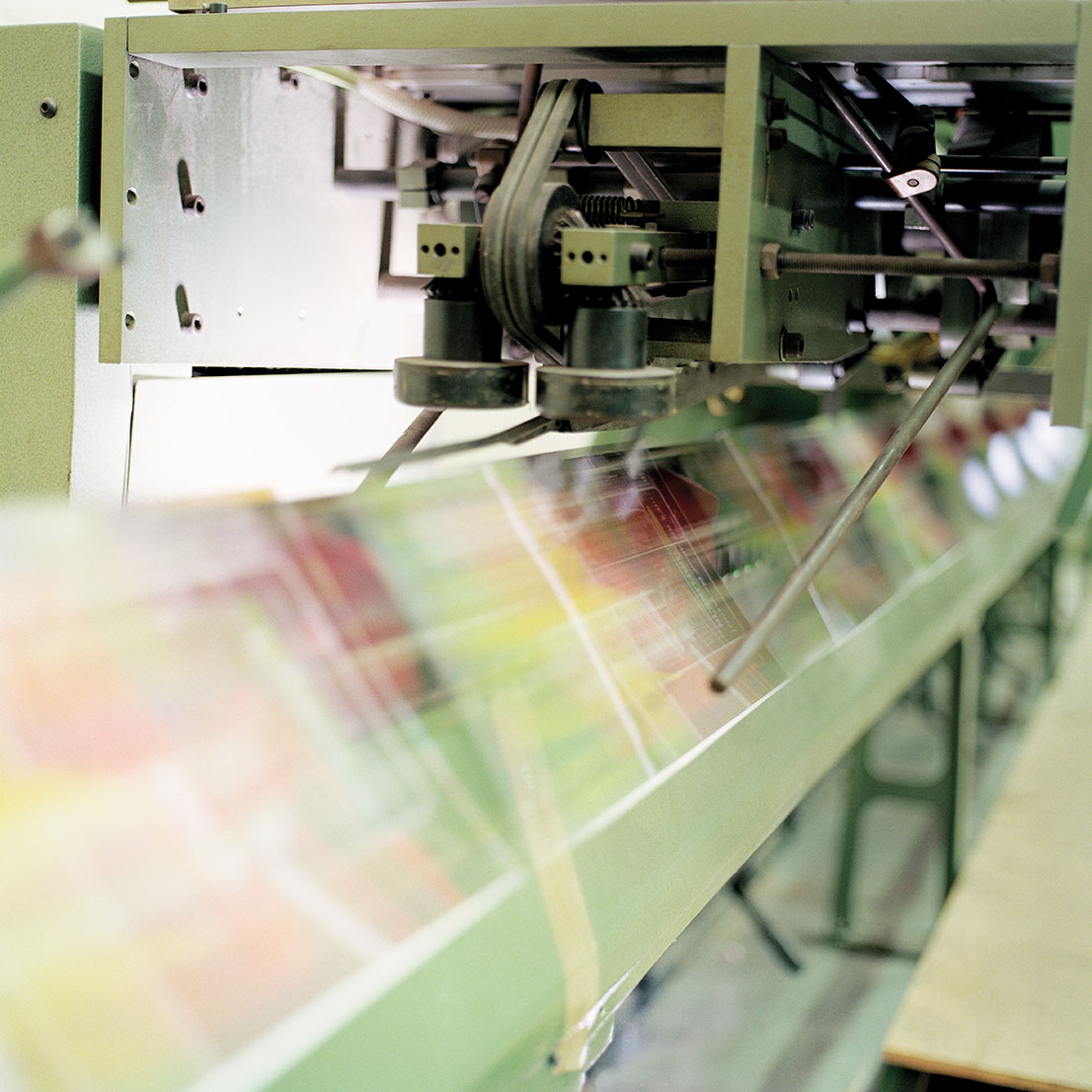
packaging prototypes
Aesthetic Prototypes: To guarantee the visual success of a photographic shot or a television commercial, it is recommended to use prototypes that highlight and glorify the product. They are made so that the primary graphics are visible, enhancing the hues of the packaging, and do not contain nutritional, legal or barcode information as they are unnecessary and distracting from the visual purpose.
High Fidelity Prototypes: They are created when brand teams want to predict and approve what a product will look like with the greatest accuracy. They can be used to conduct market research with consumers and to recreate shelves at conventions and exhibitions. They must have undergone a color separation process and be printed on the substrate similar to the end, in addition to meeting all the legal requirements that the final packaging requires in addition to having a legible barcode.

packaging design costs
These factors will impact the final cost of your packaging development project:
The extent of qualitative research: It is always advisable to carry out research on the market, the retail environment and the consumer. This will give any packaging project strategic strength. Larger studies are usually more accurate but also require larger budgets.
The brand identity: If the personality, essence, and brand promise are clear and current, and there is a Brand Book and established visual territories, this will produce fewer doubts in the client and designers regarding the visual direction that should be have development, which will reduce uncertainty, and the number of mid-term reviews, which could raise the cost of a project.
Photography: The use of proprietary and creatively directed photography tends to have better results, although its cost significantly affects the total price, often exceeding design costs depending on the complexity, locations, actors, food styling if required, and post-production processes.
Illustration: Another graphic discipline that requires choosing an artist who has certain inclinations appropriate to the characteristics of the project and the category of consumption, can be a distinctive element of great force, but that can have repercussions on the budget.
The Deployment Experience: The packaging design should be created with the end result in mind. A firm specialized in packaging design usually has higher costs since it usually knows all the mass printing systems and their limitations, which will be an advantage in the final printing that will have less risk of producing unwanted visual effects. A generic firm may not have the experience and can produce unpleasant end results, although its design costs are often lower.
The rounds of changes: we know that in all projects there are aesthetic corrections, but some start with errors in the initial information: mechanical drawings, copywrite, nutritional tables, legal information, etc. Each iteration of changes can affect the initial packaging development budget.


















